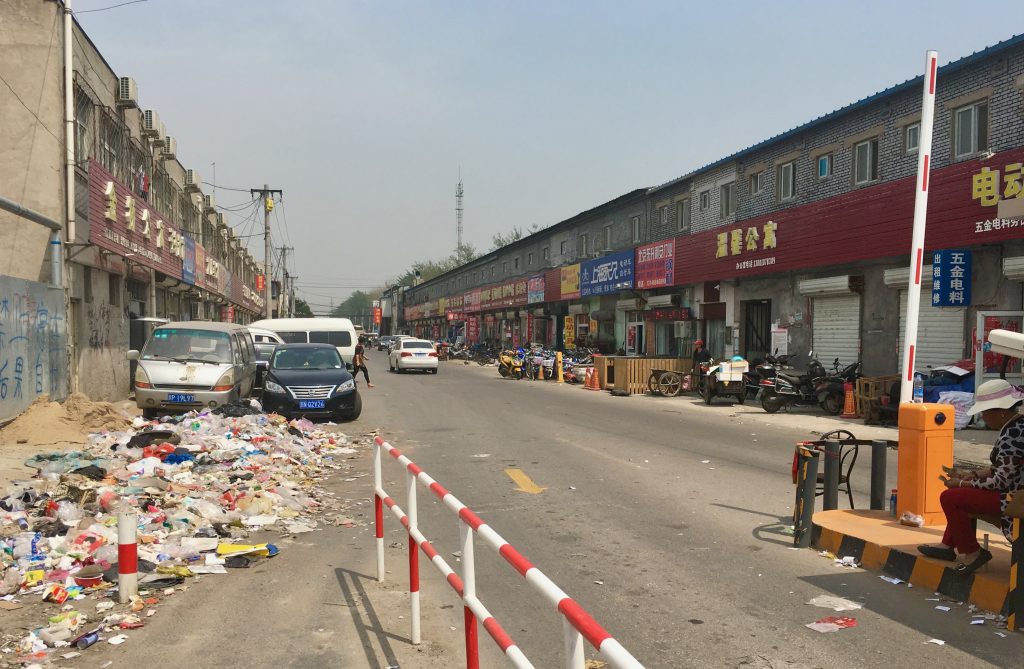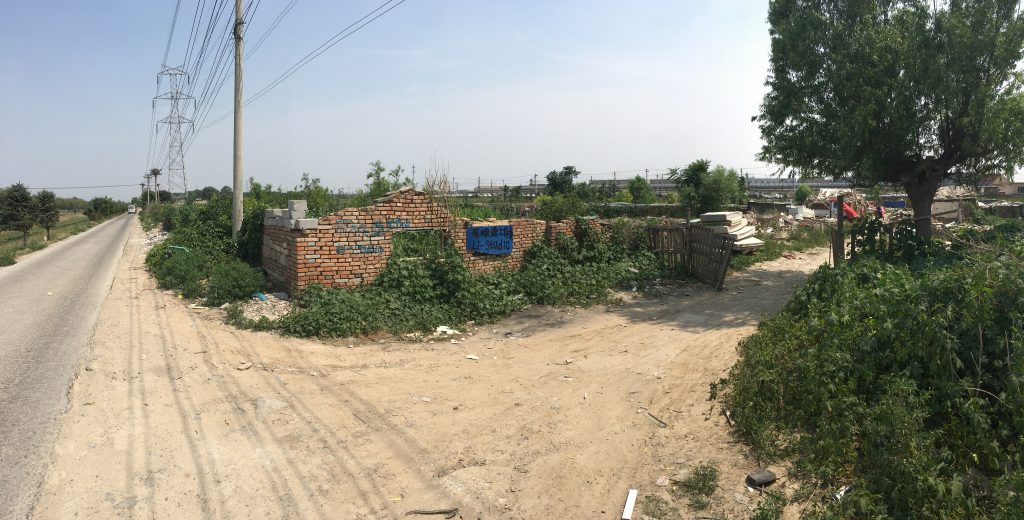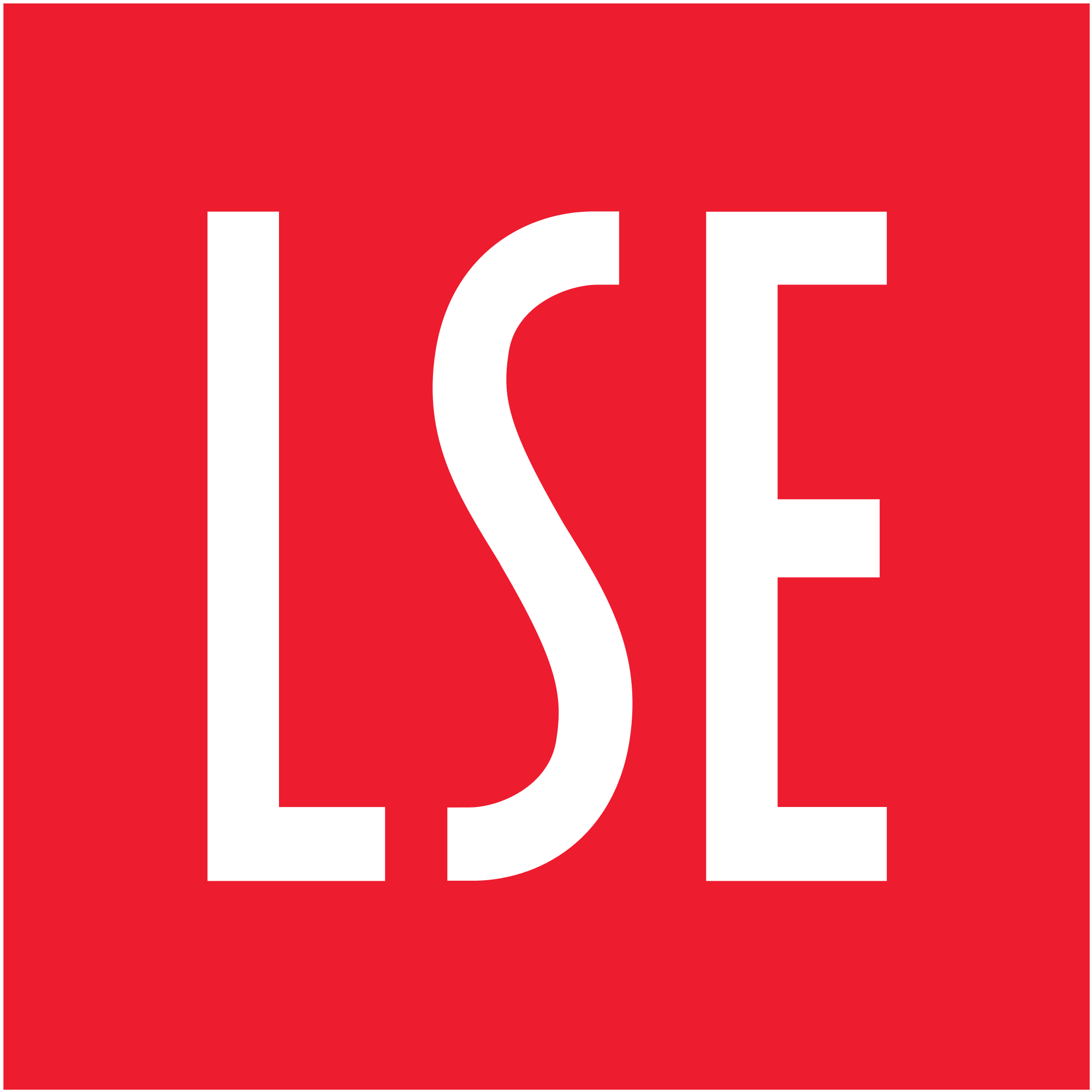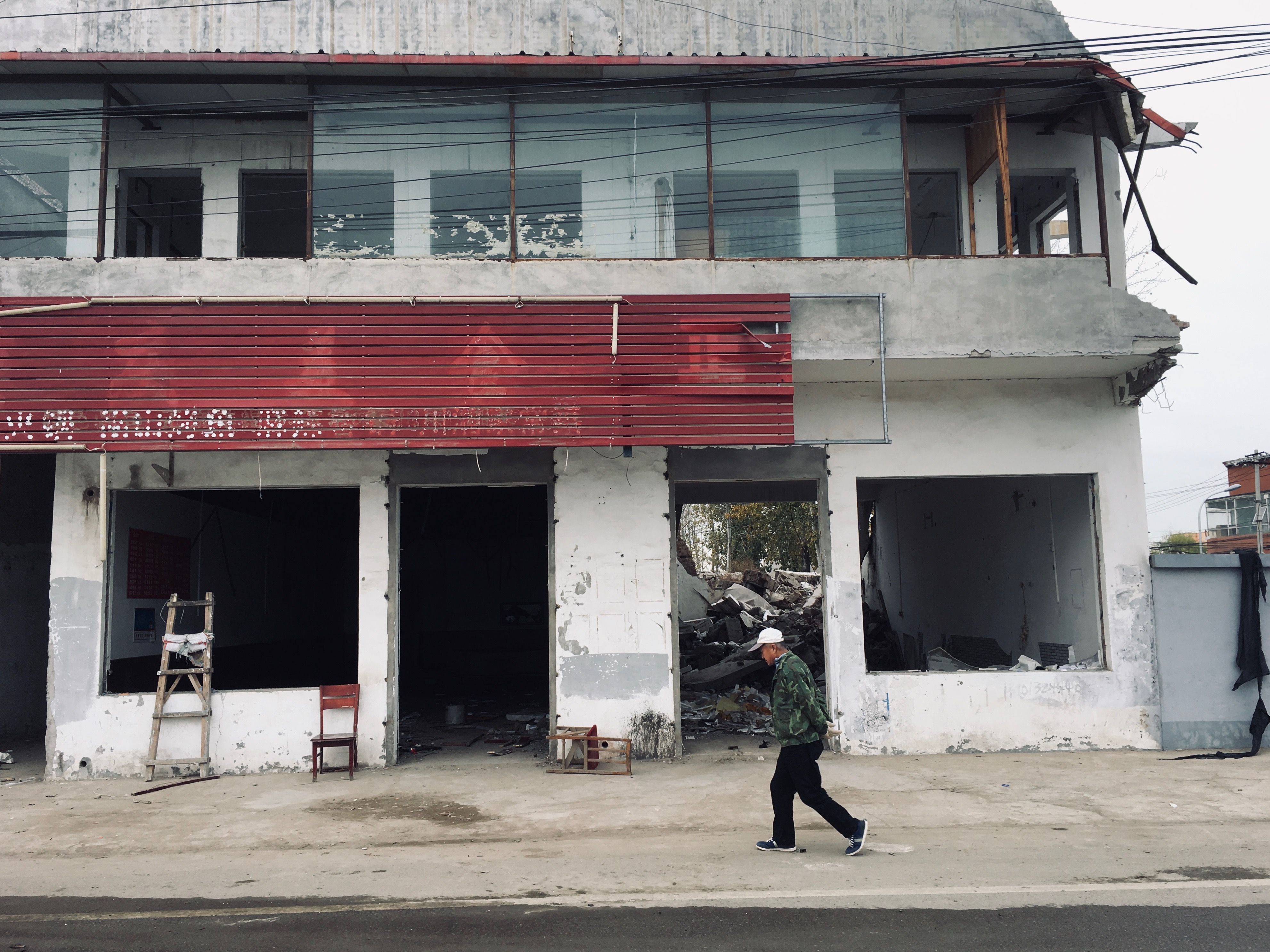Critical insight – and its insistence on the possible – depend on an ability to think with contradictions and locate something more enduring and unifying in whatever chaotic conditions one finds oneself in. In the elusive ‘poetics’ of the field, there can be found openings to other kinds of urban possibility, other ways of knowing and representing the conditions of coming together when familiar urban contexts are coming apart, writes Murray Mckenzie
_______________________________________________
Throughout much of the most stimulating research on the urban peripheries of the Global South, one finds a cautiously hopeful fixation on the coming together of social forms. Consider AbdouMaliq Simone’s For the City Yet to Come (2004), in which he evocatively describes practices that Africa’s urban residents use to ‘reach and extend themselves across a larger world and enact … possibilities of urban becoming’ (p. 3). Or Edgar Pieterse’s City Futures (2008), in which he instructs that ‘radical imaginings’ must encompass ‘the constitutive humanity and … generative powers of the ordinary’ (pp. 9-10). As Neil Brenner (2012) writes, it is a hallmark of critical urban theory to not affirm cities as they are but to insist always on the view that something else – something ‘more democratic, socially just, and sustainable’ (p. 11) – is possible. There is an essential glimmer of optimism that makes tenable the exercise of antagonism, as Brenner terms it, toward existing urban conditions and theory.
It is therefore tremendously unsettling when one finds oneself amid a field research site that appears suddenly to be coming apart, through any of the various forces that constitute the seeming ‘ephemerality, fragmentation, [and] discontinuity’ (Harvey, 1989, p. 44) of contemporary social experience. It is evident, however, that valuable insights can yet arise from such circumstances. Among the most reliably inspiring ethnographies of urban China, for instance, is Li Zhang’s Strangers in the City (2001). In 1995, Zhang was completing her doctoral fieldwork on a famed migrant enclave in Beijing when local government ordered its dispersal and demolition. Although Zhang feared a permanent loss of contact with her research subjects, she instead gained an intimate view of the strategies they used to cope with relocation, to negotiate new alliances with local government agencies and state enterprises, and to reconstruct their community in a more permanent but covert form.
I reflect on a similar experience in this post. Between 2015 and 2018, I completed twelve months of fieldwork in Heiqiao (黑桥), a comparably informalized former agricultural village in the outer reaches of northeast Beijing. Unusually, but not without precedent (see Ren and Sun, 2012), Heiqiao had become home or workspace to several hundred contemporary artists who benefitted from its affordability and under-regulation. My aim – following Simone, Pieterse, Zhang, and others – was to understand the practices they used to cultivate and sustain the capacities of their collective intersection, with a focus on the role played by their highly social forms of experimental art. Instead, I wound up working through an anxious sense of belatedness as I compiled an account of the community’s dis-assemblage, while conflicts, evictions, and demolitions caused a collective sense of possibility to dissolve.
I quote David Harvey’s The Condition of Postmodernity (1989) above because, while writing this post, I recall his point that critical insight – and its insistence on the possible – depend on an ability to think with contradictions and locate something more enduring and unifying in whatever chaotic conditions one finds oneself in. In what follows, I describe how the ‘poetics’ I encountered in the field helped me to do just that.
* * *

Admittedly, the disenchantment that I felt immediately upon my first visit to Heiqiao played some part in my fascination with it. Texts such as the promotional materials of an exhibitor at London’s 2015 Frieze Art Fair had elevated my expectations: “Beijing’s far-off, infamous Heiqiao Village” offers an “unbounded canvas to illustrate possible mobility and planning in contemporary societies”, the exhibitor claimed.[i] However, Heiqiao village as I found it on a frigid day in January 2016 was much filthier and more run-down than it appeared in earlier photographs. Rubbish fouled the air, spilled out of dumping sites, and littered the road, providing bare sustenance to feral dogs. Dim lighting and unwashed windows indicated the hardships of migrant-run restaurants and shops. Traffic jams and the confusion of roadside activities indicated the village’s unmanageable population density. Demolition had become a near certainty, my companion explained, and residents were already giving up and moving on.
One thing I found initially compelling about these circumstances was the possibility of a latent solidarity among Heiqiao’s impermanent inhabitants – its artists and migrant workers – whom demolition might force into articulating a shared right to the city (cf. Shin, 2013). Heiqiao’s artist settlement had coalesced amid a wave of artist-led property rights activism in 2010, and sporadic conflicts had arisen in 2015 in response to the heavy-handed management practices of the village council.
Those conflicts did not arise again. When orders to vacate for demolition circulated in December 2016, artists’ social media groups filled only with adverts for studios, removals companies, and unwanted items. Shops and vendors vanished, the streets gradually quietened, and flatbed lorries bearing hastily packaged artworks of all sizes queued to leave the village. By the time bulldozers arrived in June the following year, the farewell parties that artists had held, the summative media interviews they had given, and the elegiac essays they had written had already caused Heiqiao to disappear.
* * *
Back home in London, I struggled to make something of my research subjects’ evident fatigue. They had expressed their waning interest in collaborative and collective forms of art, their weariness of anxieties about displacement and the deteriorating built environment, and their weariness of conflict and unrewarded righteousness. And then they had quietly moved on. The swift and unusual cruelty with which Beijing’s local authorities were driving the migrant population out of the city at that time did not so much invest artists’ plight with profound moral significance as it did render it comparatively insignificant.
Beneath this superficial acquiescence was something deeply affecting. However, I struggled to convey the particularity of this experience within the terms of disciplinary conventions or with the conceptual tools at hand. One reason was that the grounds on which I identified with my research subjects, despite our abundant differences, had become steadily more empathic than intellectual, as I felt the impacts of their distress and entered imaginatively into their experiential world (see Bondi, 2003).
* * *

Consider the art of Li Binyuan (厉槟源), a formerly Heiqiao-based performance artist who is now being recognised internationally for his exploration of the body’s relationship with landscape and urban space. Swept along by the changes underway in the village, Li forfeited his studio and rented a flat in an adjacent high-rise block erected to house relocated villagers. Upon leaving, however, he affixed a signboard to a wall symbolically claiming a new ‘studio’ in the ruins of a small brick building nestled among debris and overgrown weeds on the edge of the village. ‘There is nowhere that isn’t my studio’, he explained in a video interview filmed at the site. ‘When I regularly come here, it’s like it’s mine; it’s like my home. … I just want to mark it, to have a place of my own’.[ii]
When I visited Li’s ‘studio’, it occurred to me that the ruin that preserved his presence in Heiqiao also served as a sign behind which the latter disappeared. Li described it as yuanshi (原始) – primordial, we might say – meaning that it was a place of origins, a place before time, and a place bearing certain fundamental attributes that kept it apart from the urban spectacle of the present.[iii] But so too did he therefore place it in the future, implying that it would remain long after Heiqiao was gone:
I feel like I am living within ruins. … They are a kind of life cycle. Like we construct something, topple it, and then remake it again and again. It is the connecting point between something ruined and something new. I like this kind of intermediacy. It has so many possibilities.[iv]
Considered in the longue durée, Heiqiao’s perpetual rupture appears as a vitalizing continuity instead. Li’s studio is eternally there, but thus does he loosen its ties to the here and now, and to Heiqiao in its disquieting ephemerality. As Ackbar Abbas (1997) writes of Hong Kong, these are not the ephemeral, condemned spaces of Paris that awaken us to what came before or what may come next (cf. Benjamin, 1999). Rather, their disorienting reversals of permanence and impermanence weaken our sense of chronology. They produce an ‘achronicity’, where past and present disappear into each other, and an ‘other’, timeless, and placeless state becomes available.
* * *

Tariq Jazeel (2019) describes several strategies for ‘moving the geographical imagination toward alterity (p. 6). One of them is an attunement to the ‘poetic’: those essential, untranslatable qualities of the text beyond one’s own linguistic and epistemic domain that are impossible to convey or reproduce precisely (Benjamin, 1968). Such qualities rarely find a place in conventional social research. However, as Jazeel notes, Simone and Pieterse are among the scholars advocating for the valuable, singular qualities of poetics; their New Urban Worlds (2017) is introduced as a book about the ‘lines that connect stories urban inhabitants tell about themselves, other inhabitants, and cities near and far’ (p. 1).
It was in the poetics of artworks made by Li and others that I found a more enduring and unifying refuge from the disorder, dispersion, and dis-assemblage that characterized Heiqiao as a social formation at that time. I hope that they found something similar in the conversations with me that followed. Each of us, in trying to piece together what was happening, were participating in the co-production of the very meanings we sought.
As Jazeel, Simone, and Pieterse might suggest, I found something else as well. In Li’s ruin and elsewhere in Heiqiao, I found openings to other kinds of urban possibility, other ways of knowing and representing the conditions of coming together when familiar urban contexts are coming apart.
Endnotes
[i] Promotional materials produced by Leo Xu Projects, 2015.
[ii] Translated from Chinese: 无处不工作室……我经常来这里的时候,就像一个自己的,自己的家一样。……就想标注一下,自己有个地方。
[iii] Li Binyuan, personal interview, 26 April 2016.
[iv] Li Binyuan, personal interview, 10 July 2016. Translated from Chinese: 我觉得我就是生活在废墟里面。……它是一种生活的循环。比如我们建构了一种东西,然后又推翻它,又重新改造,又重建,它是从废墟到一个新的东西的一个中间的连接点。就是我喜欢这种中间的状态,它有很多可能性。
Acknowledgements
My thanks to Ellen Larson and Li Binyuan for recently helping to bring these ideas back to life, and to Caroline Bressey, Andrew Harris, Tariq Jazeel, and Hyun Bang Shin for supporting this research.
References
Abbas, A., 1997. Hong Kong: Culture and the Politics of Disappearance. Minneapolis: University of Minnesota Press.
Benjamin, W., 1968. The task of the translator: an introduction to the translation of Baudelaire’s Tableaux Parisiens. In: H. Arendt, ed., H. Zohn, tran. Illuminations. New York: Schocken Books, 69–82.
Benjamin, W., 1999. The Arcades Project. Cambridge: Harvard University Press.
Bondi, L., 2003. Empathy and Identification: Conceptual Resources for Feminist Fieldwork. ACME: An International E-Journal for Critical Geographies, 2 (1), 64–76.
Brenner, N., 2012. What is critical urban theory? In: N. Brenner, P. Marcuse, and M. Mayer, eds. Cities For People, Not For Profit: Critical Urban Theory and the Right to the City. London: Routledge, 11–23.
Harvey, D., 1989. The Condition of Postmodernity. Malden: Blackwell.
Jazeel, T., 2019. Singularity. A manifesto for incomparable geographies. Singapore Journal of Tropical Geography, 40 (1), 5–21.
Pieterse, E., 2008. City Futures: Confronting the Crisis of Urban Development. London: Zed Books.
Ren, X. and Sun, M., 2012. Artistic Urbanization: Creative Industries and Creative Control in Beijing. International Journal of Urban and Regional Research, 36 (3), 504–521.
Shin, H.B., 2013. The Right to the City and Critical Reflections on China’s Property Rights Activism. Antipode, 45 (5), 1167–1189.
Simone, A., 2004. For the City Yet to Come: Changing African Life in Four Cities. Durham: Duke University Press.
Simone, A. and Pieterse, E., 2017. New Urban Worlds: Inhabiting Dissonant Times. Cambridge: Polity.
Zhang, L., 2001. Strangers in the City: Reconfigurations of Space, Power, and Social Networks within China’s Floating Population. Stanford: Stanford University Press.
For citation: Mckinzie, M. (2021). Coming Together and Apart in Heiqiao Village, Beijing. Field Research Methods Lab at LSE (10 February) Blog entry. URL: https://blogs.lse.ac.uk/fieldresearch/2021/02/10/coming-together-and-apart-in-heiqiao-village-beijing/





